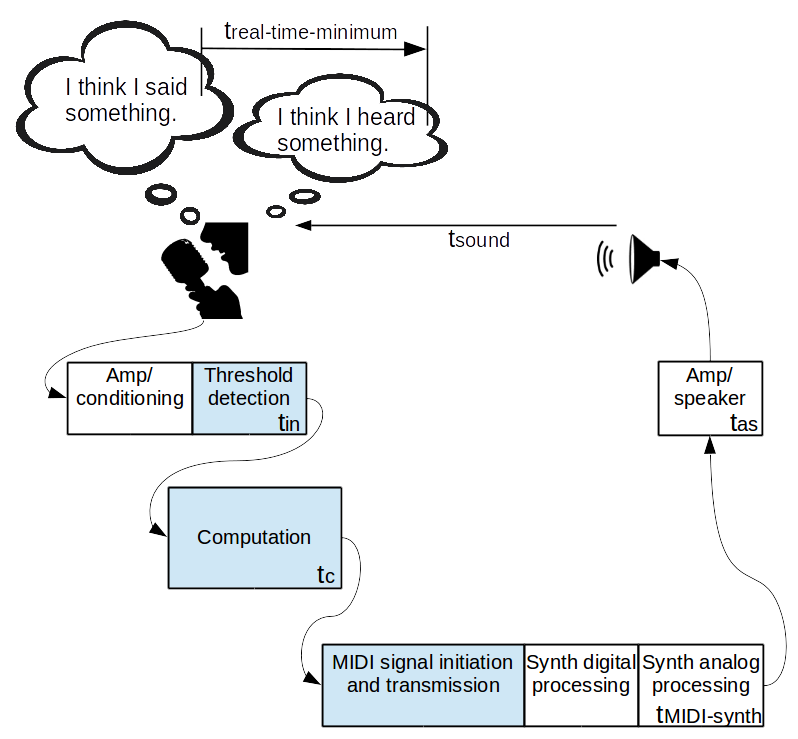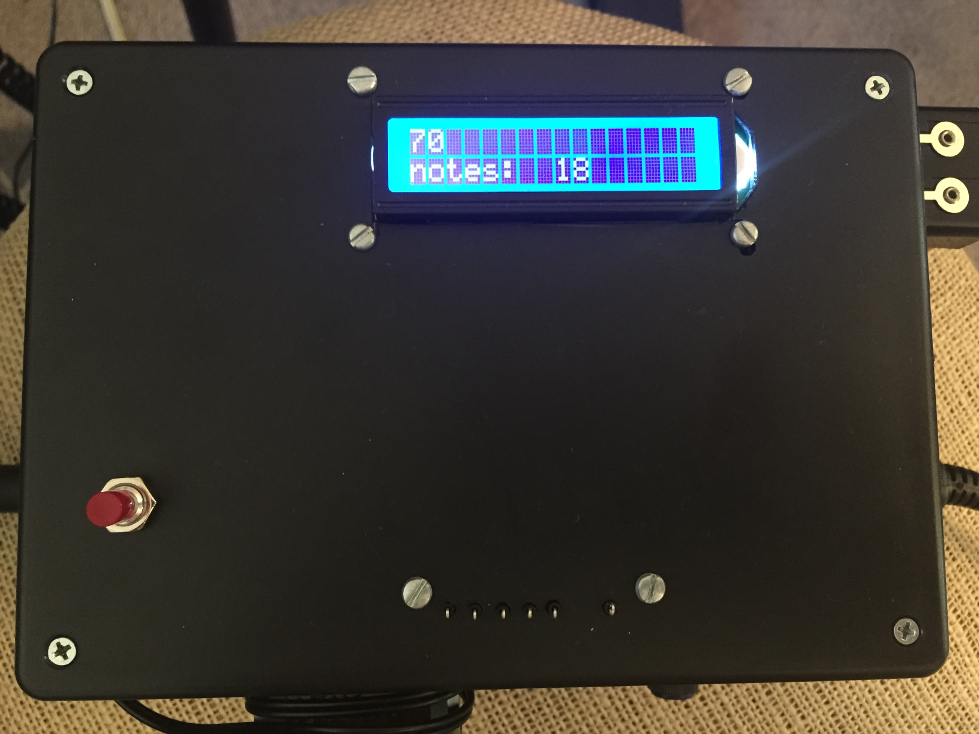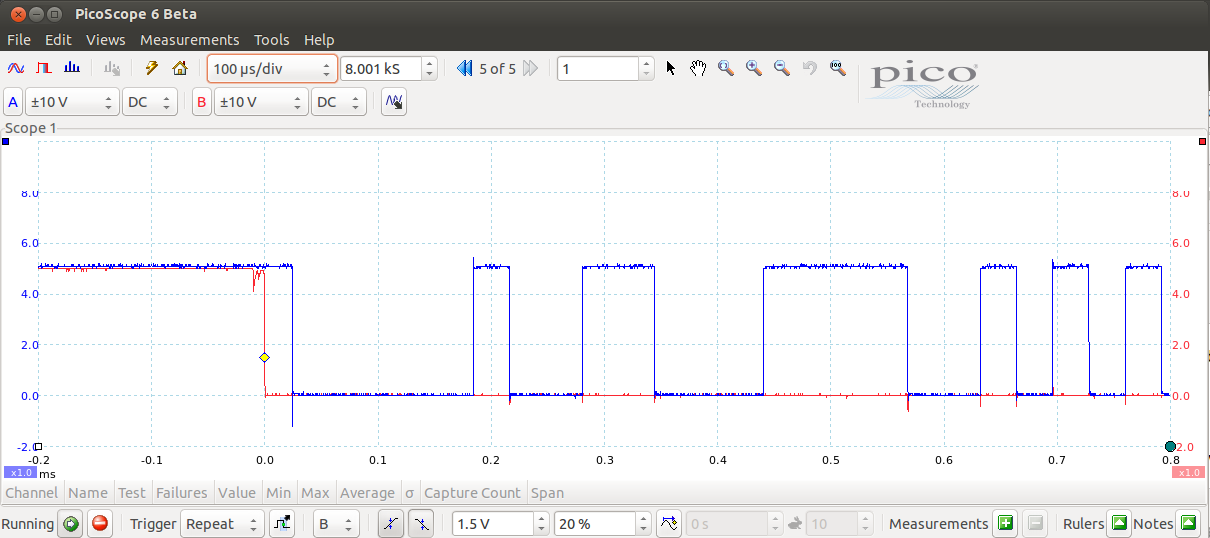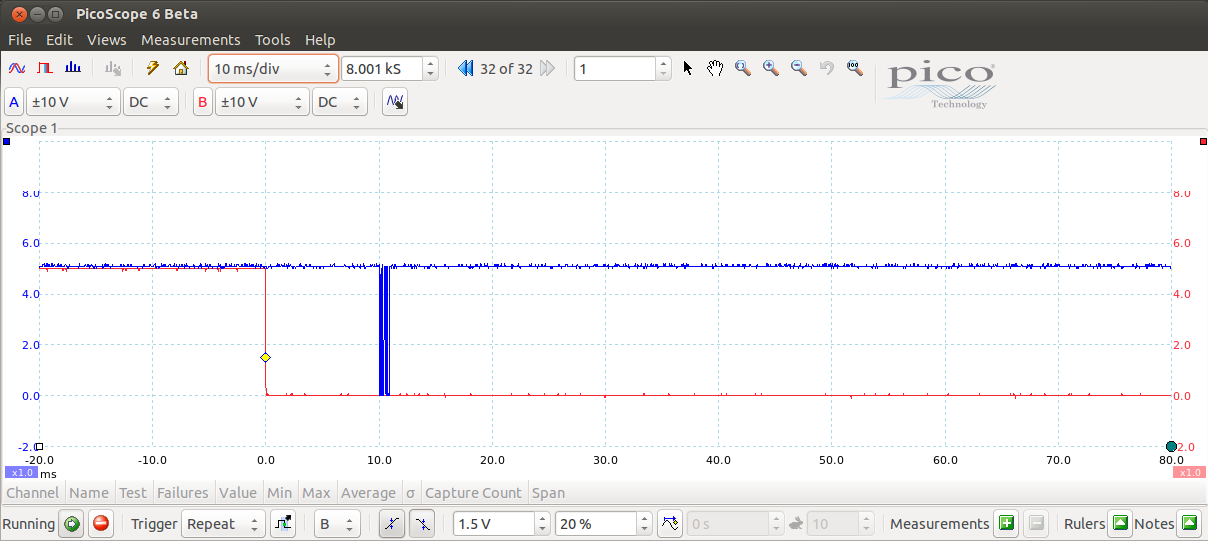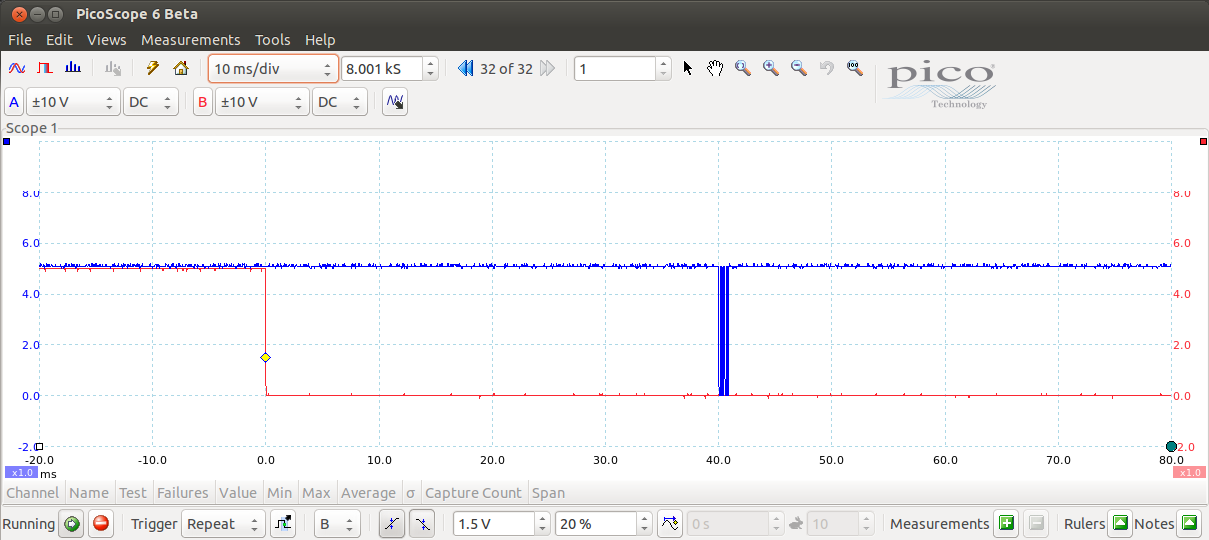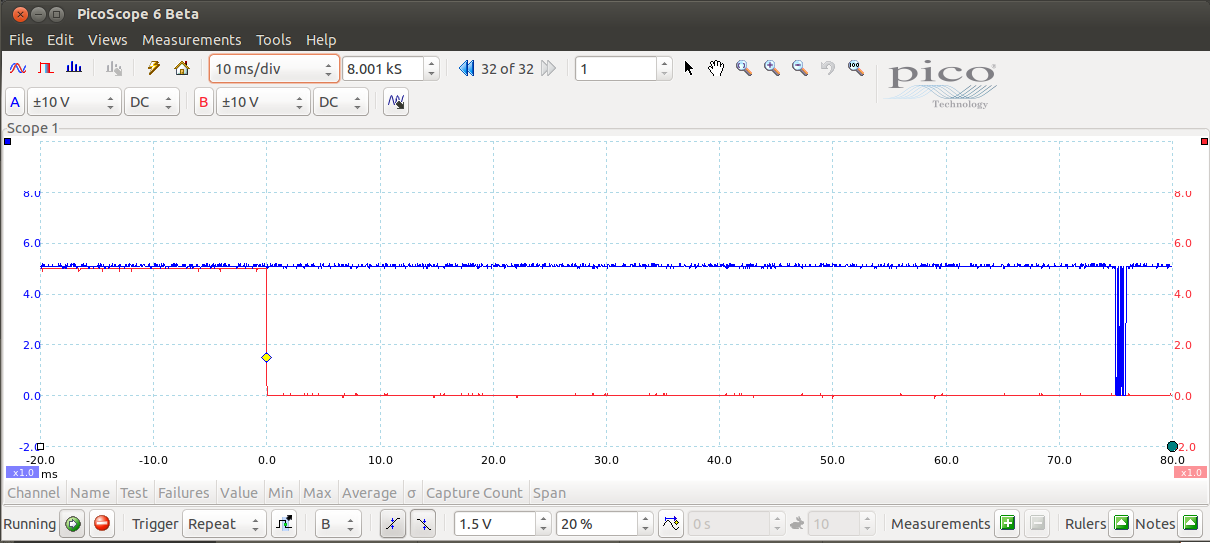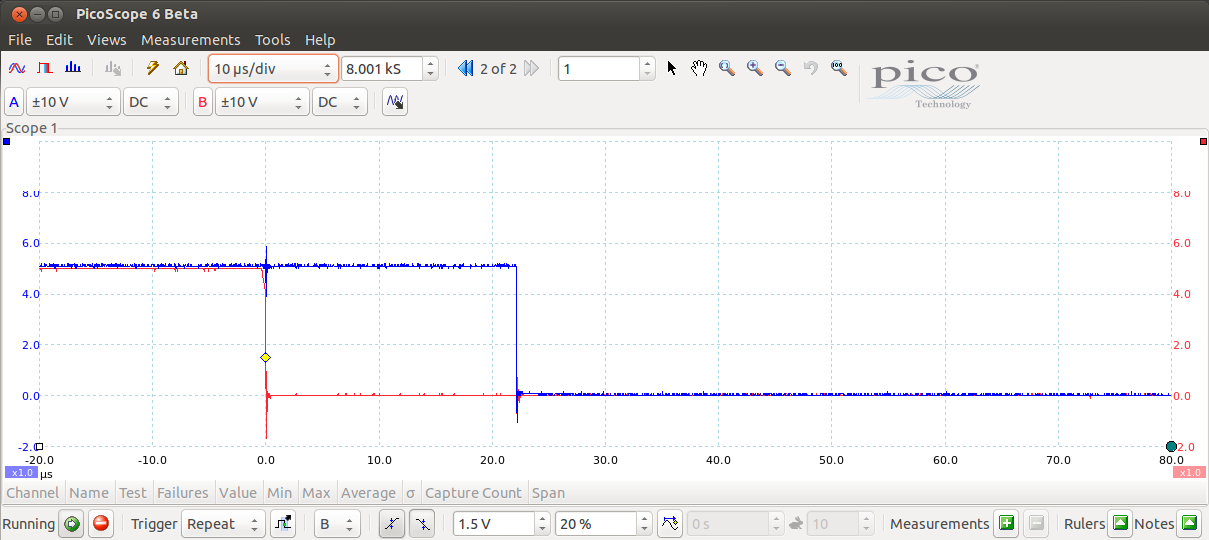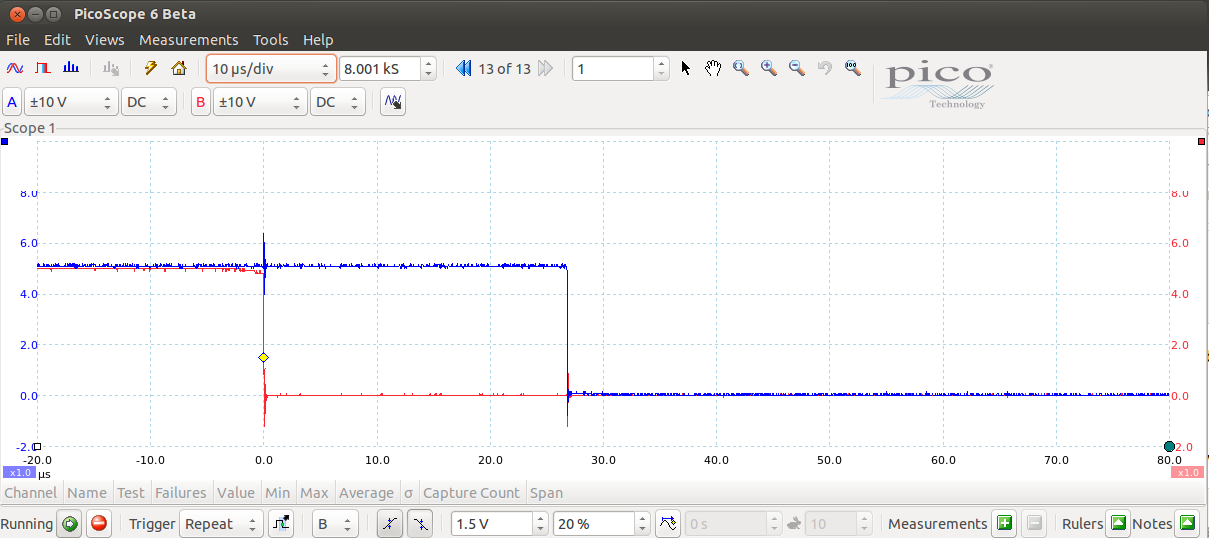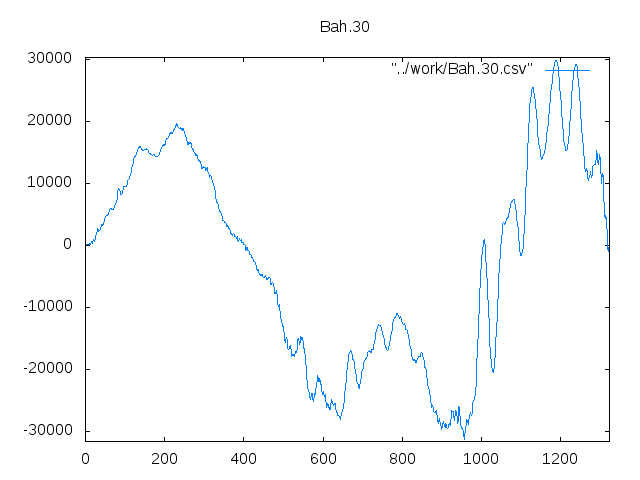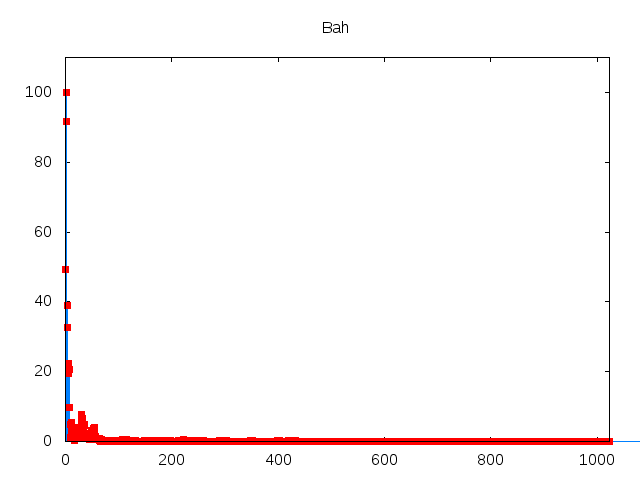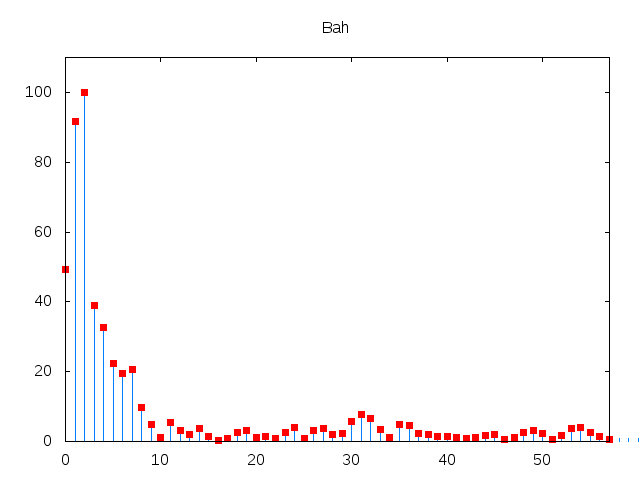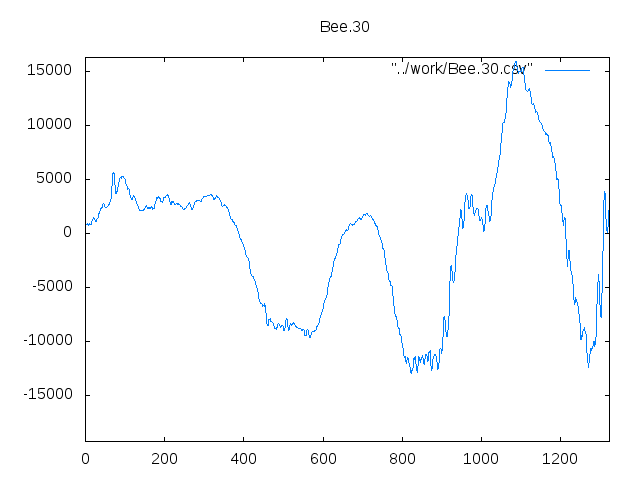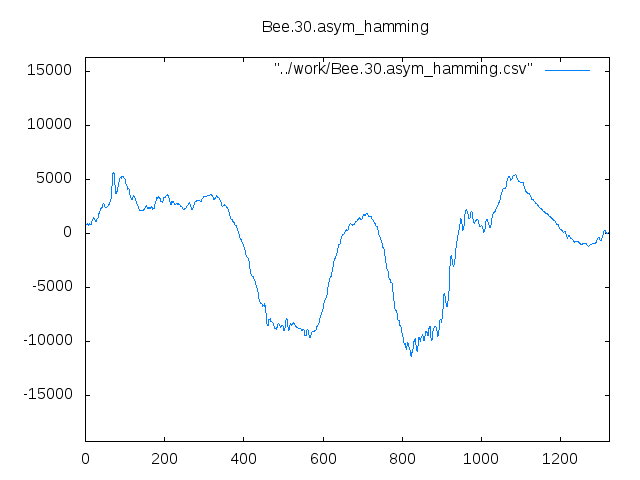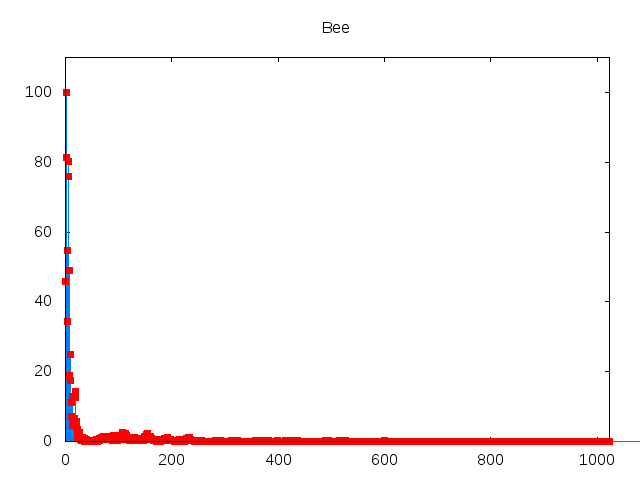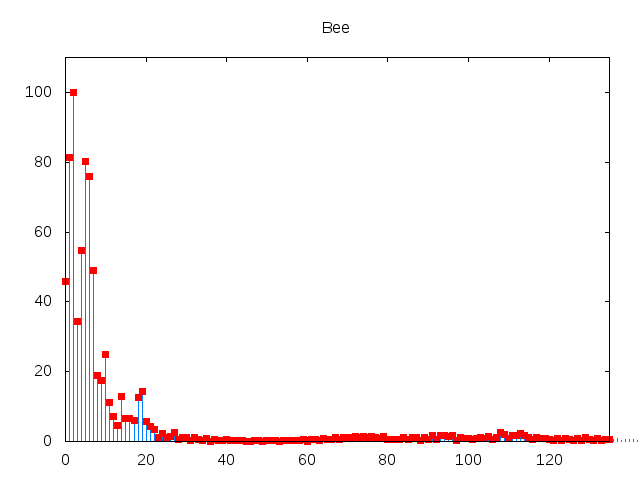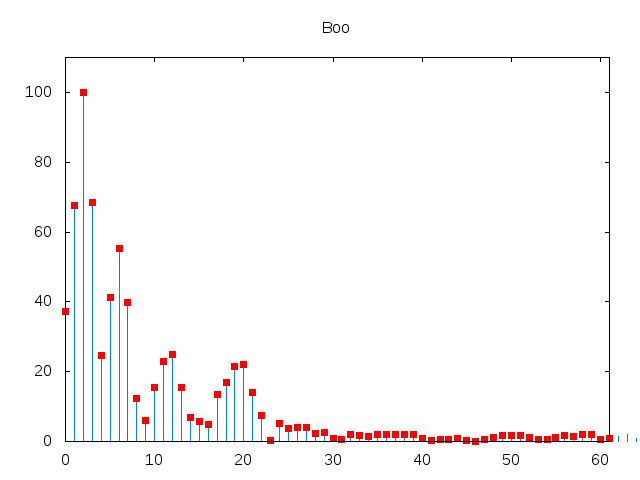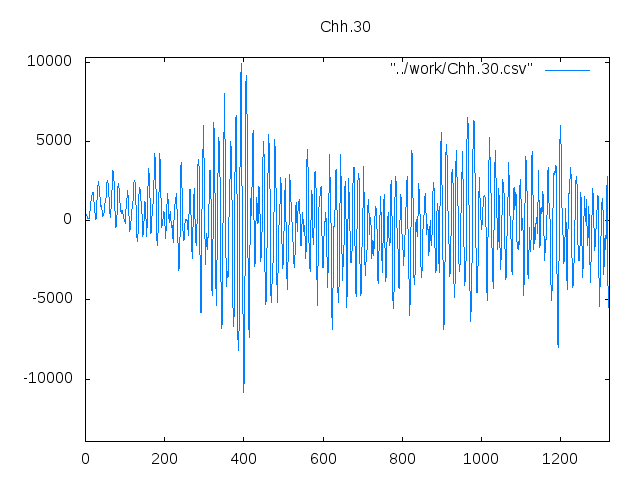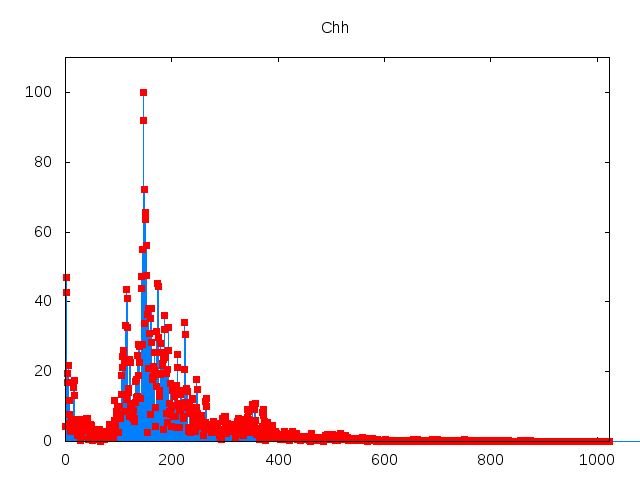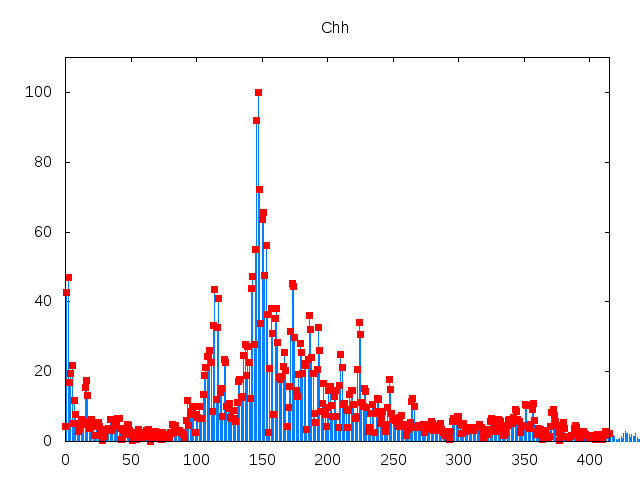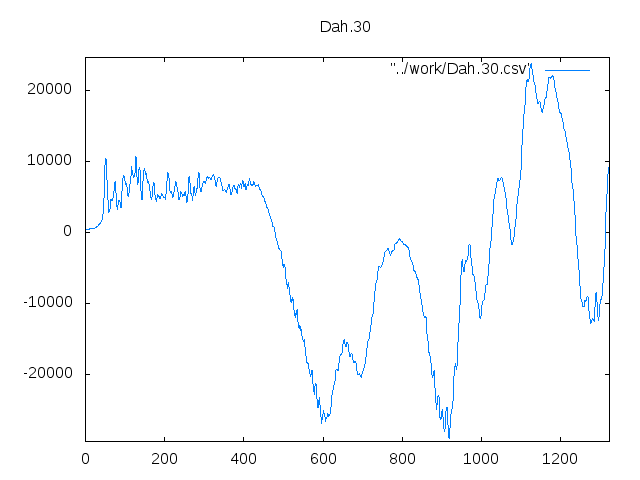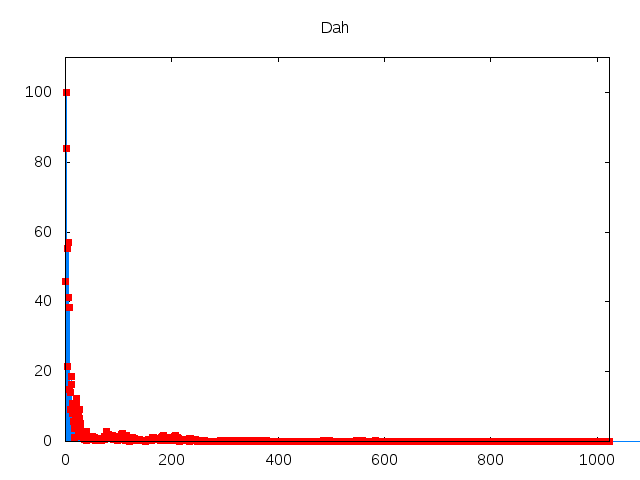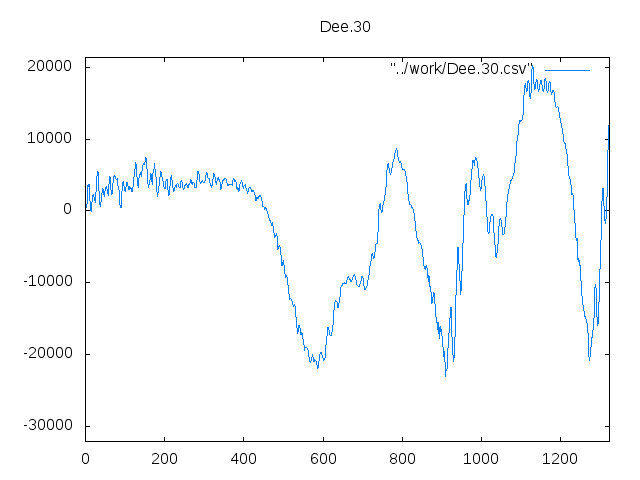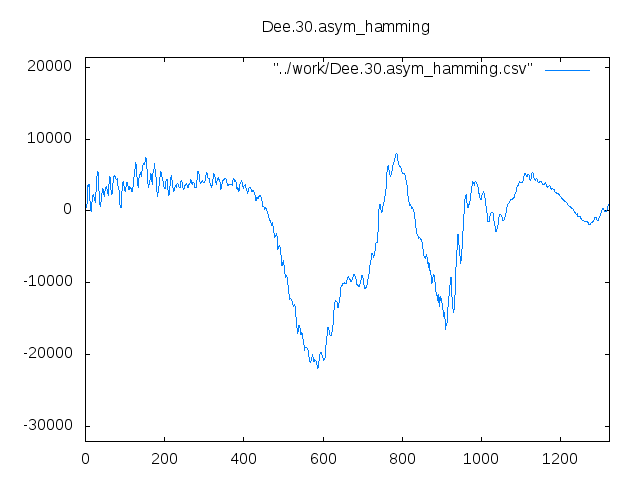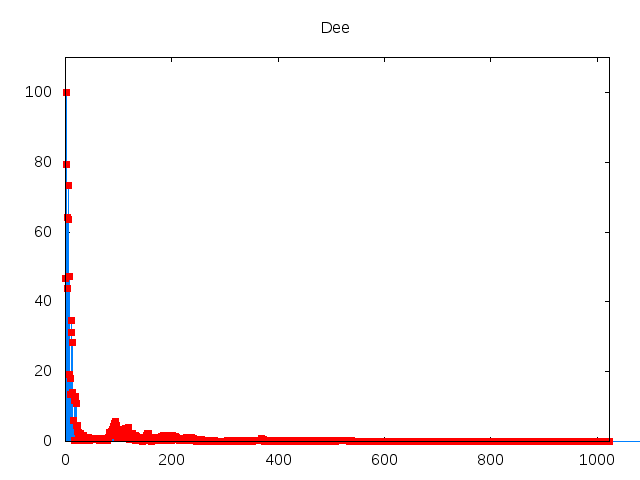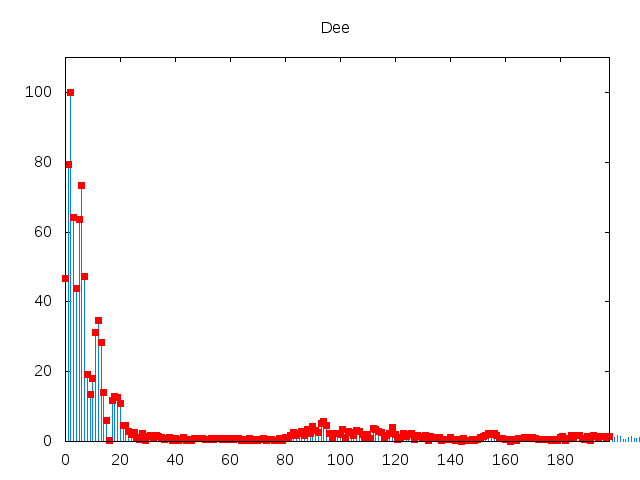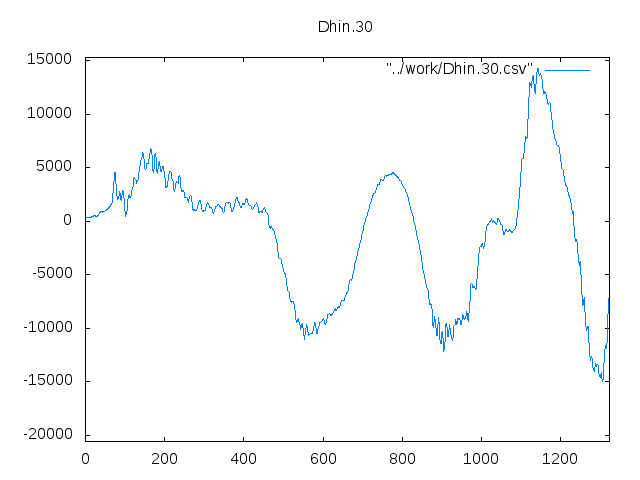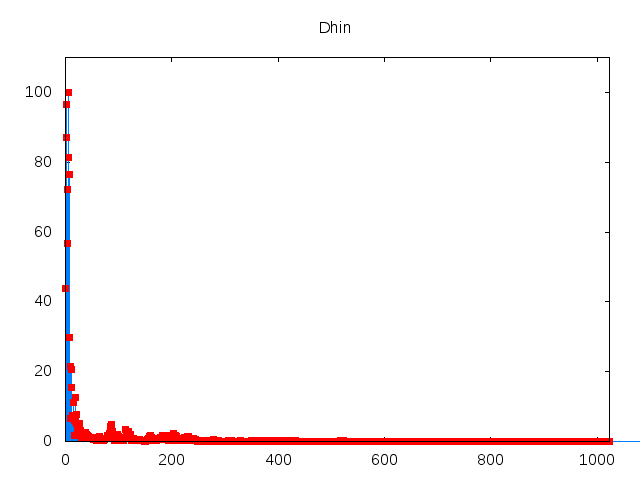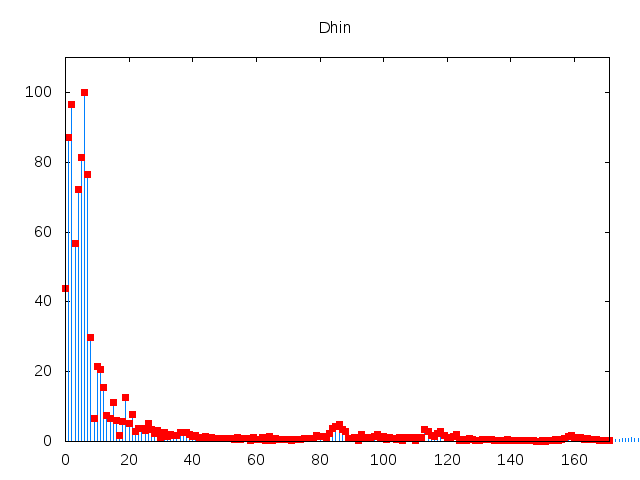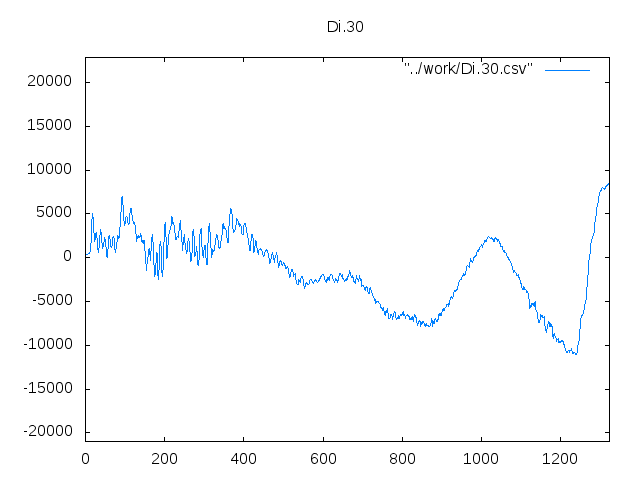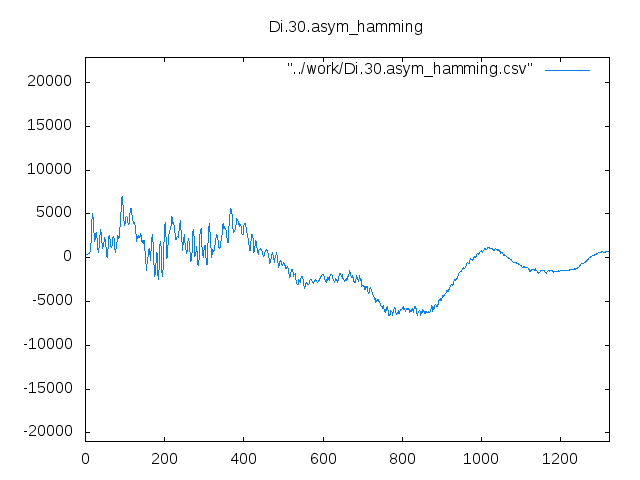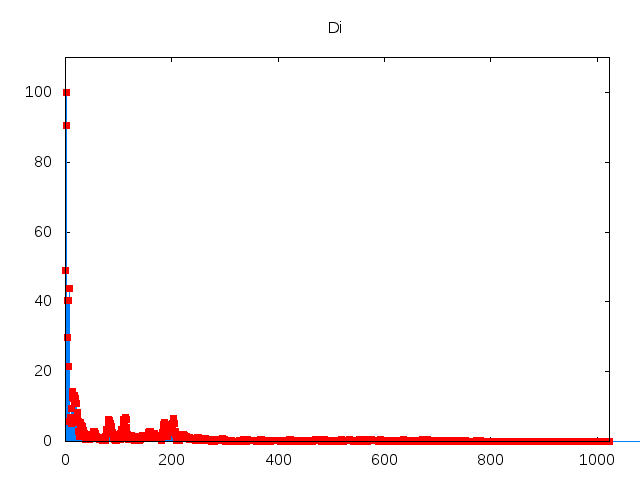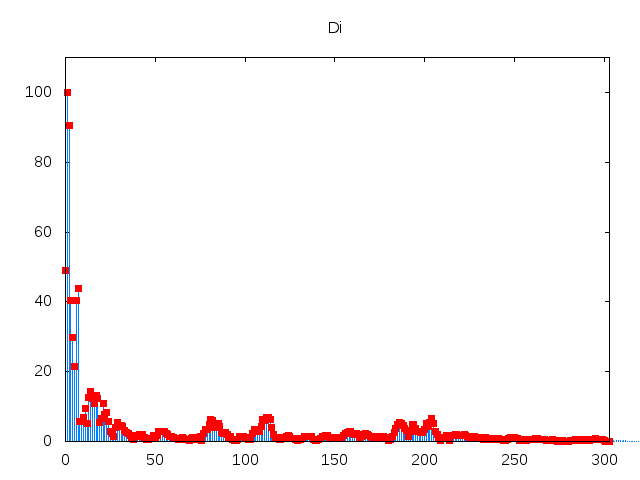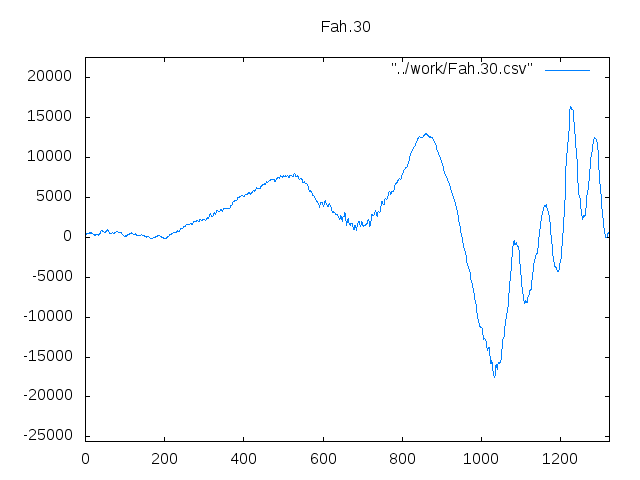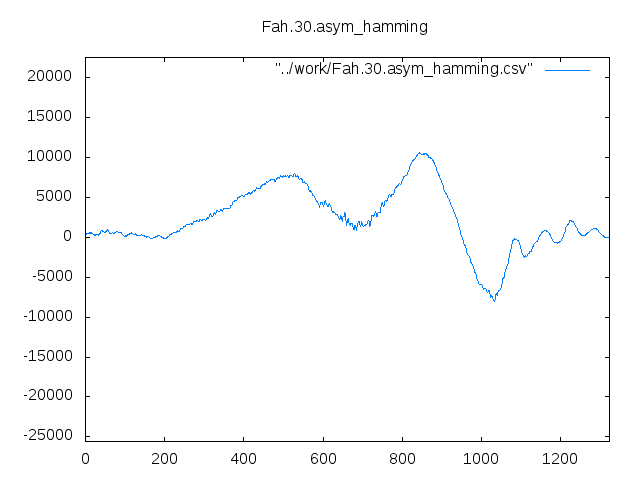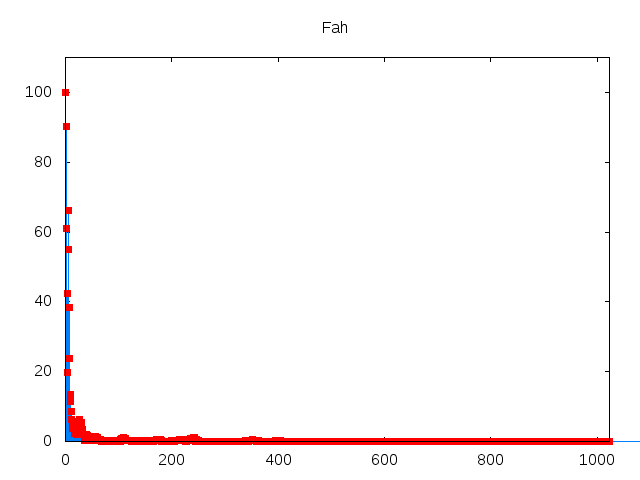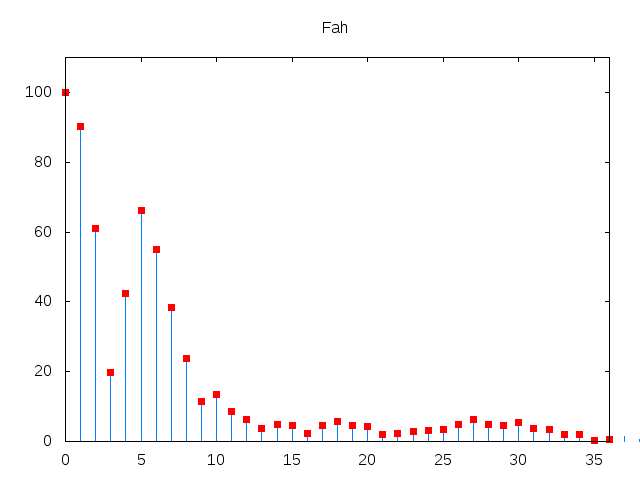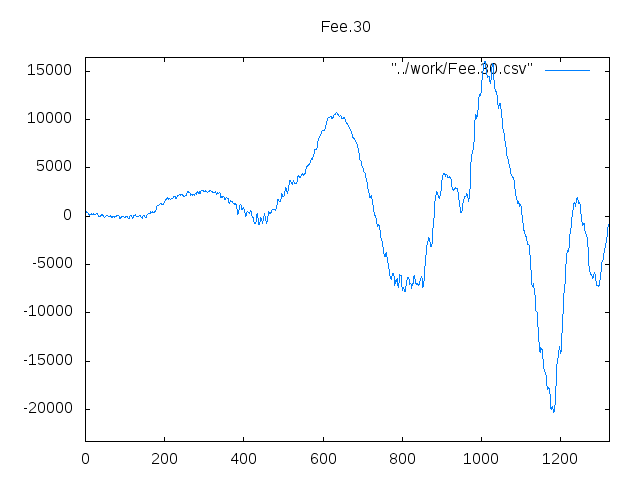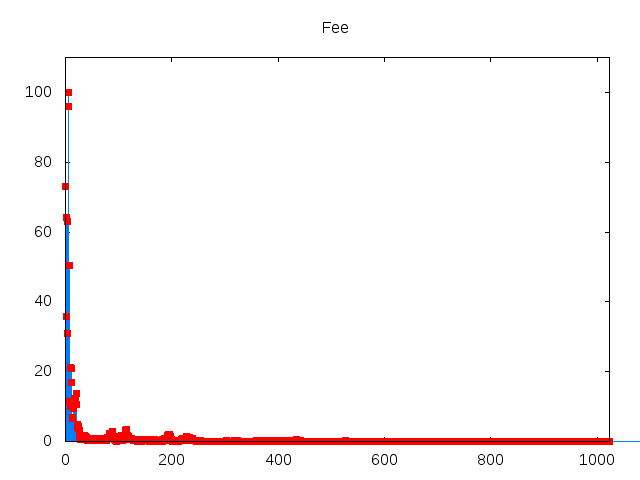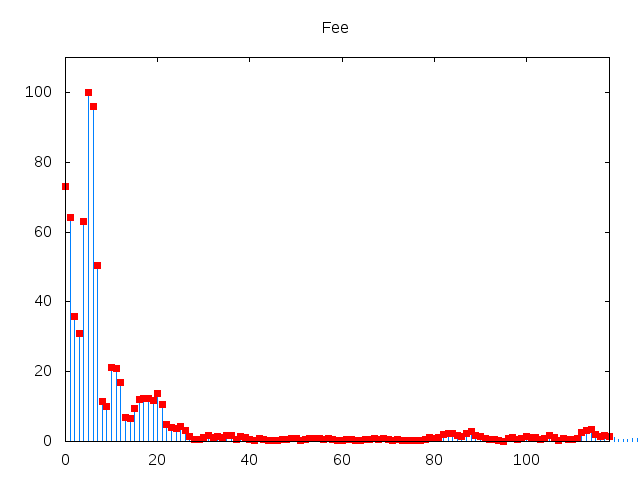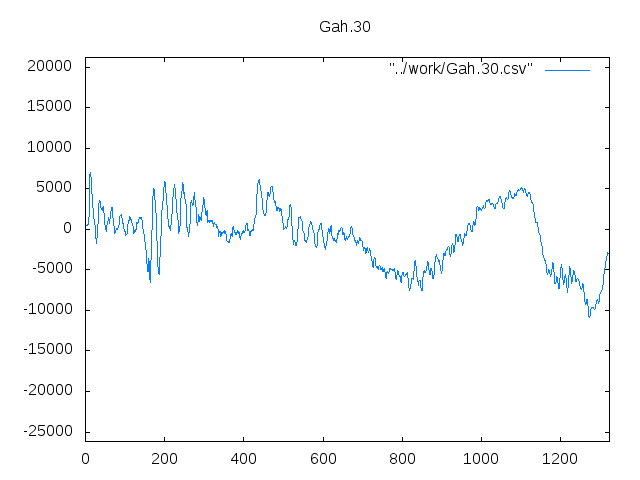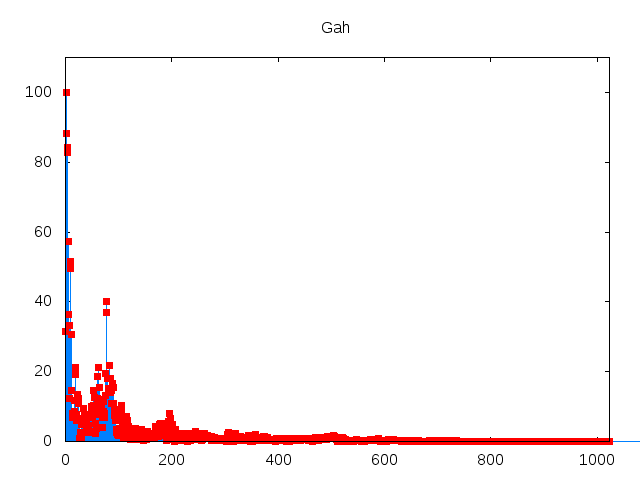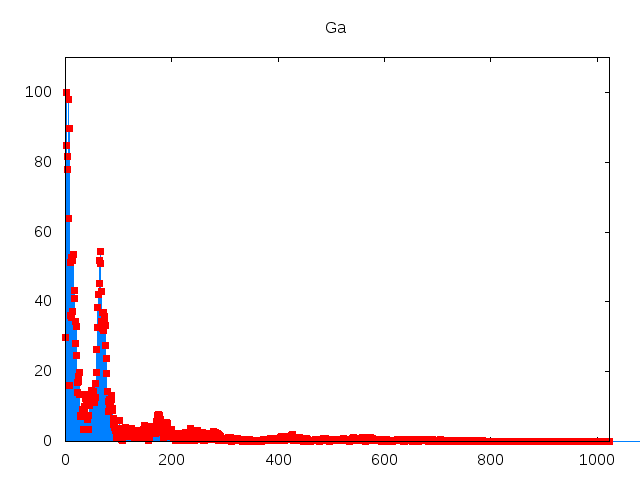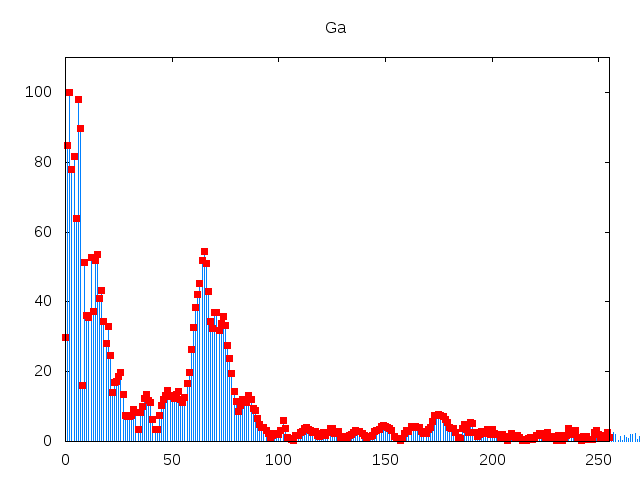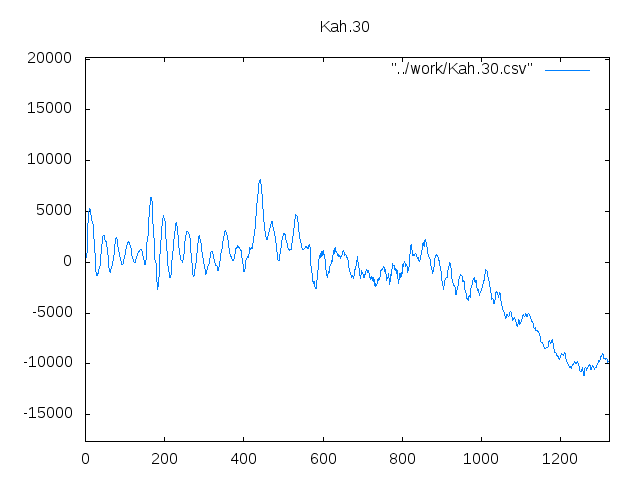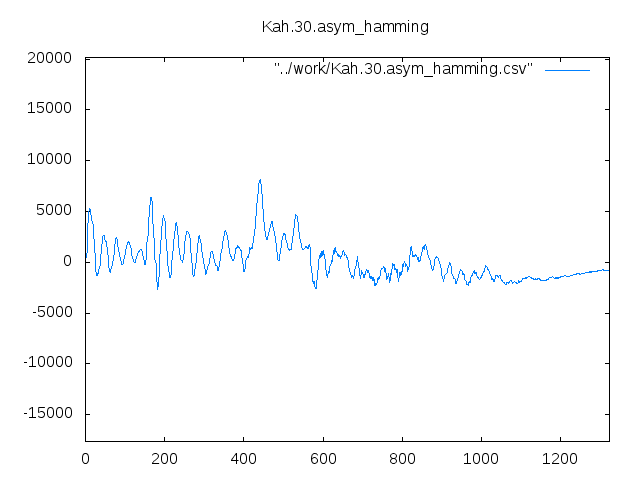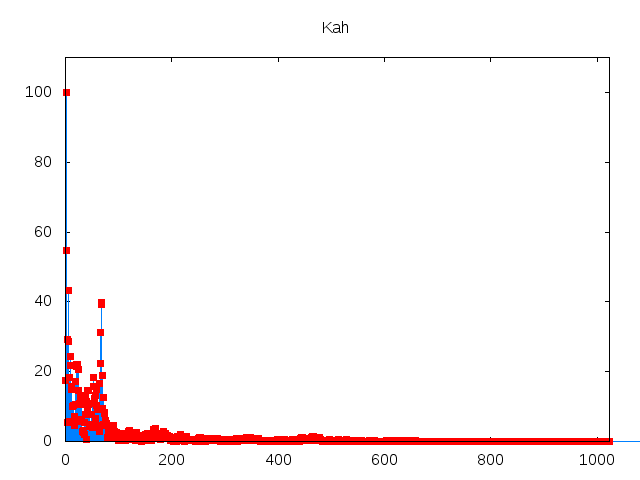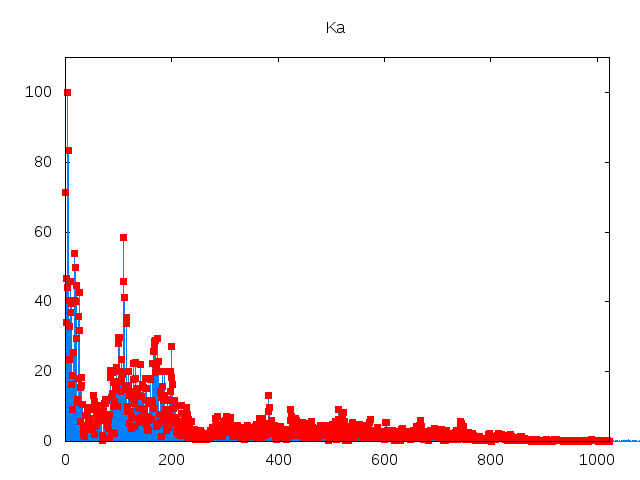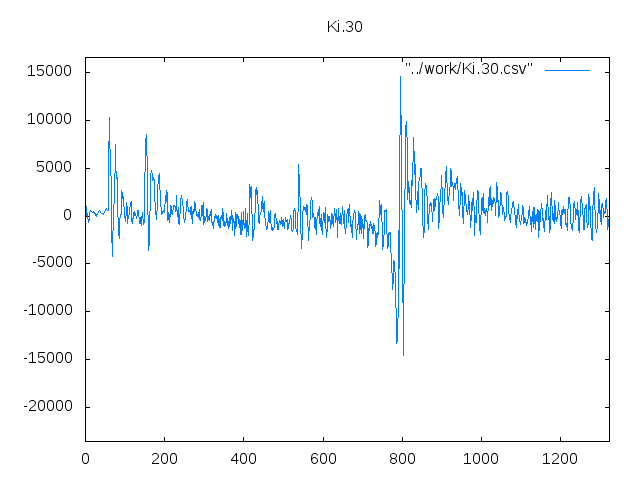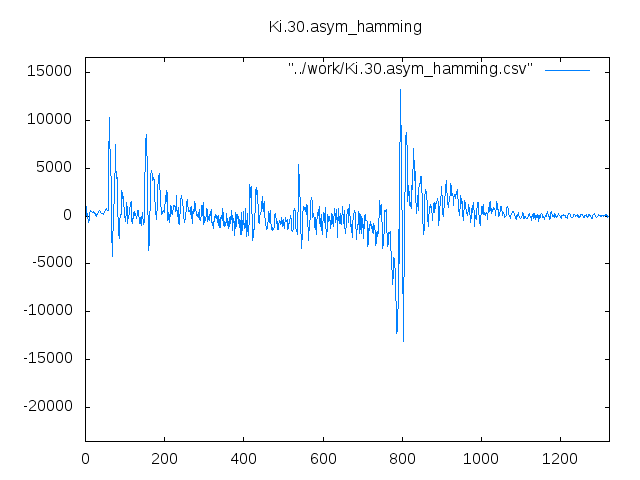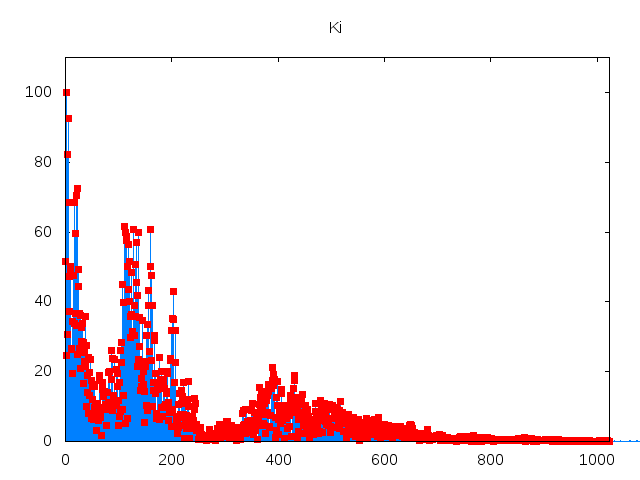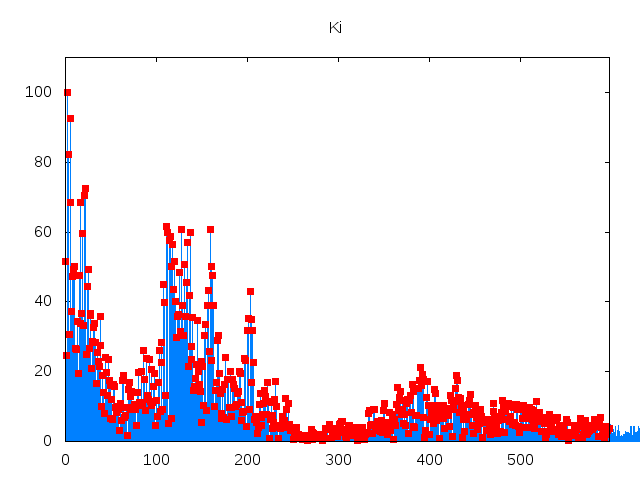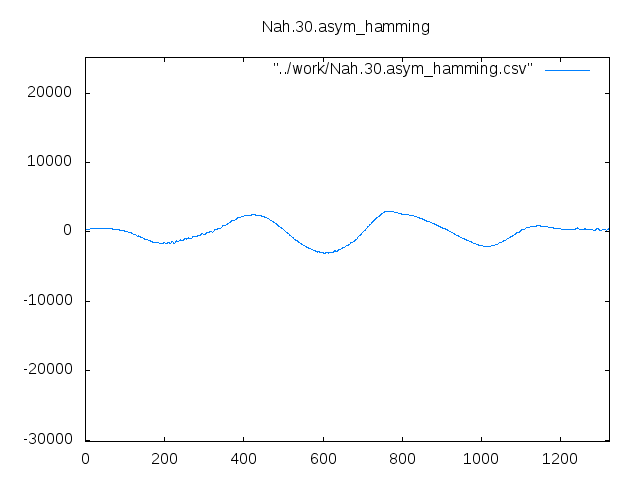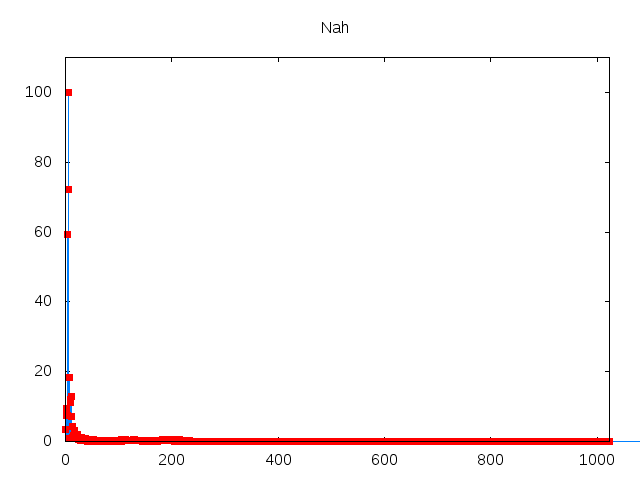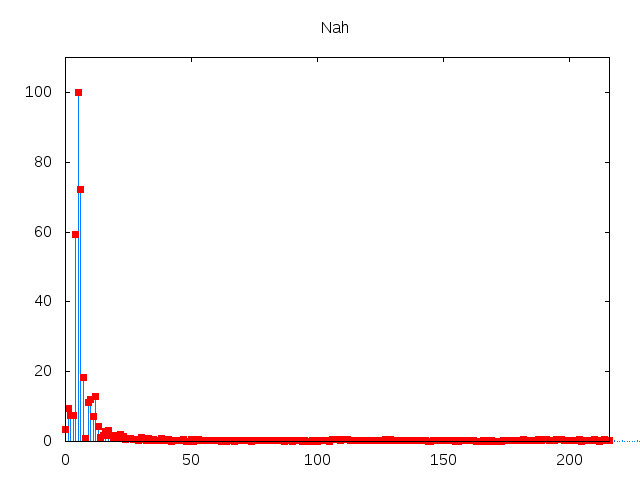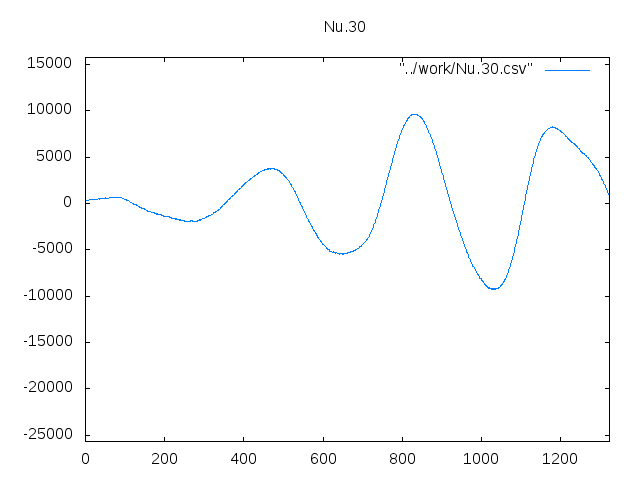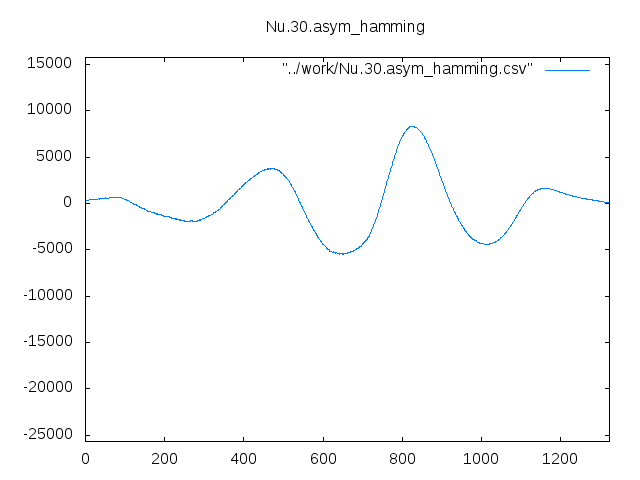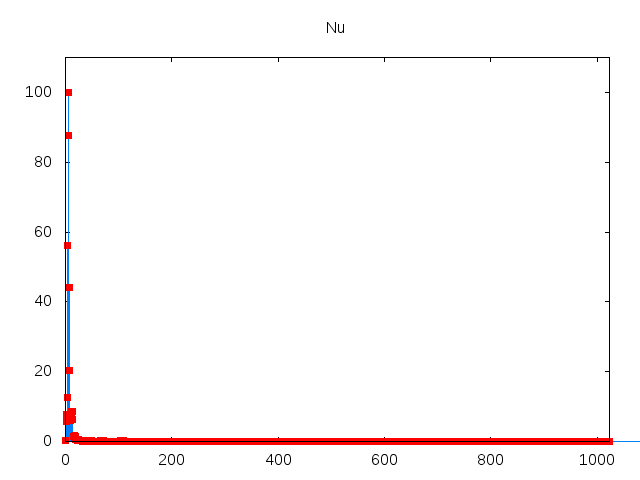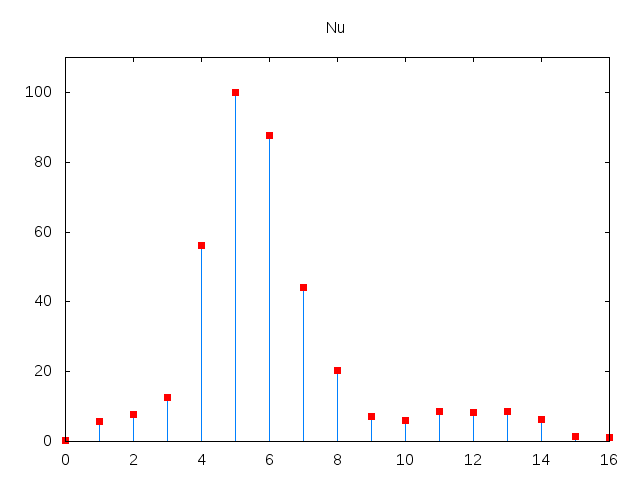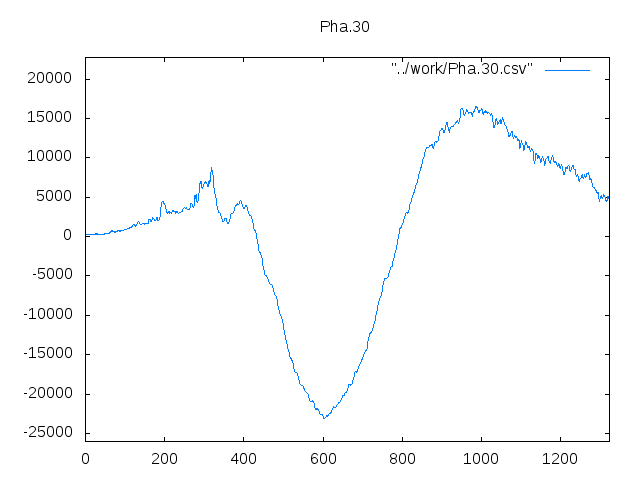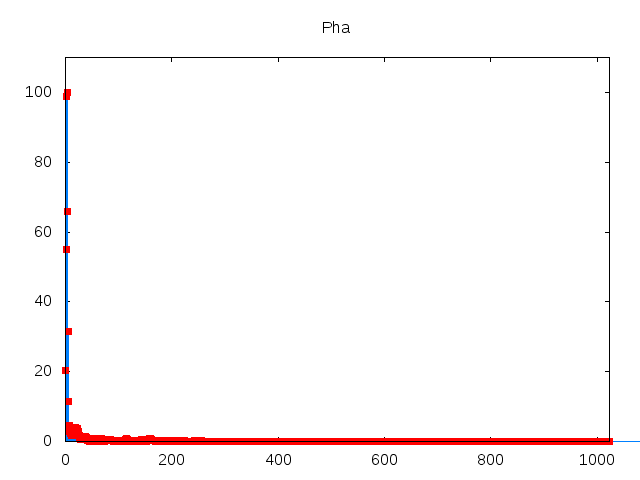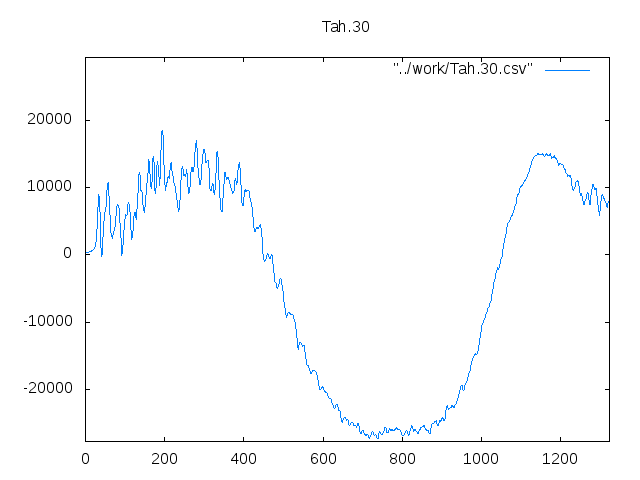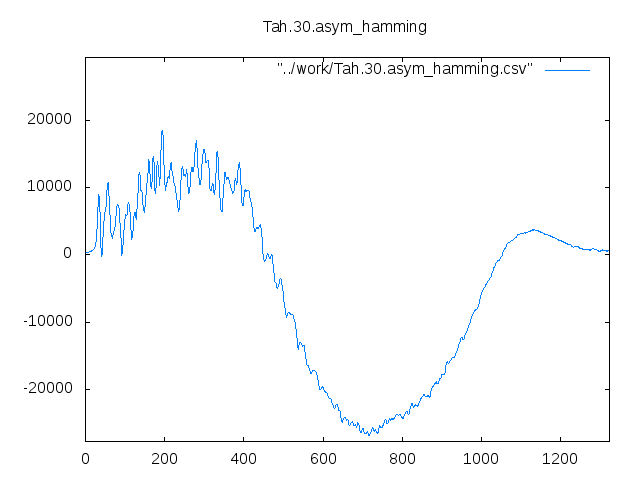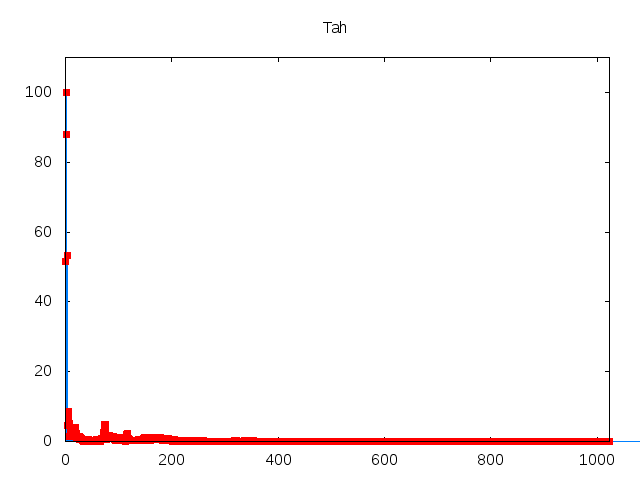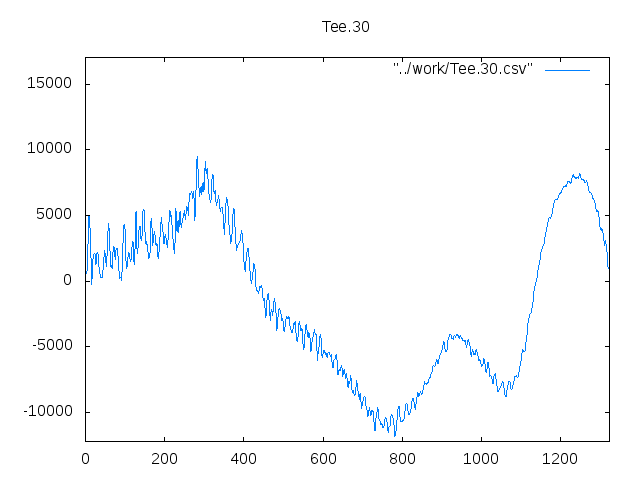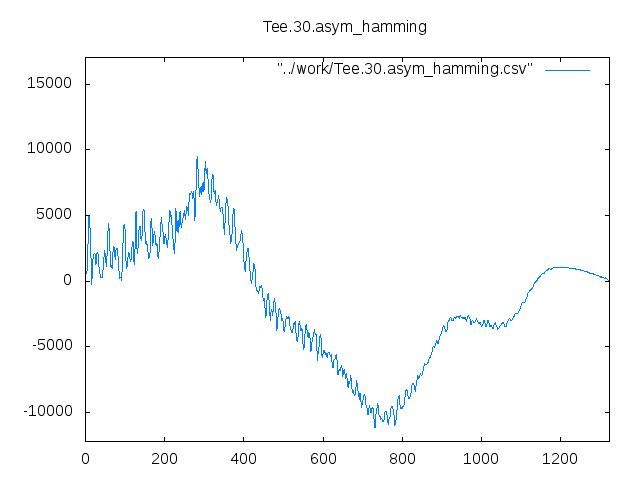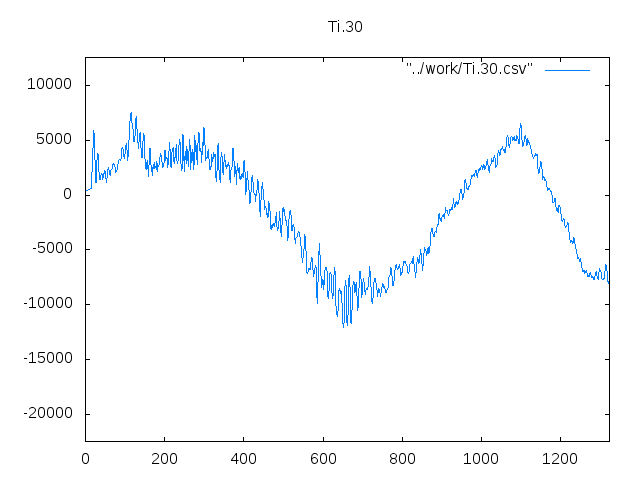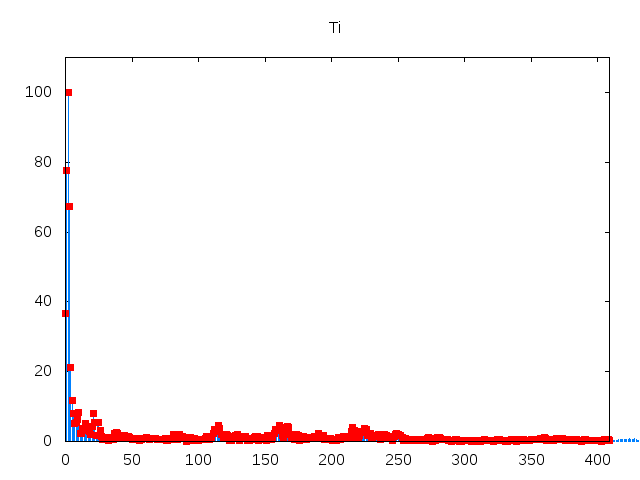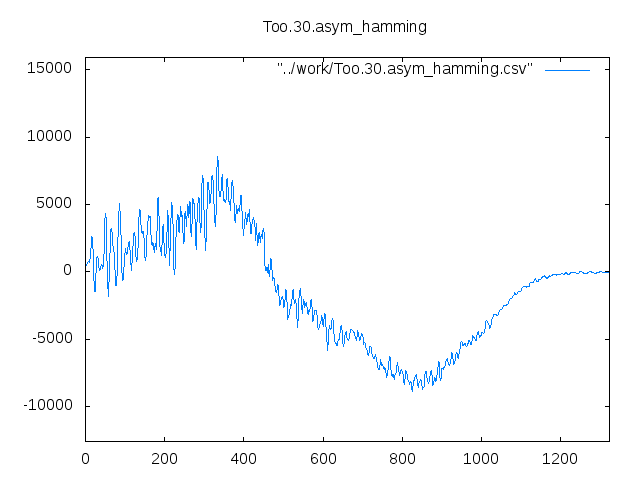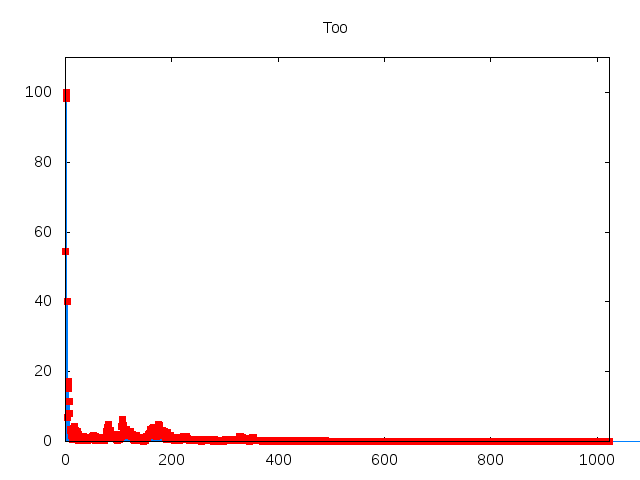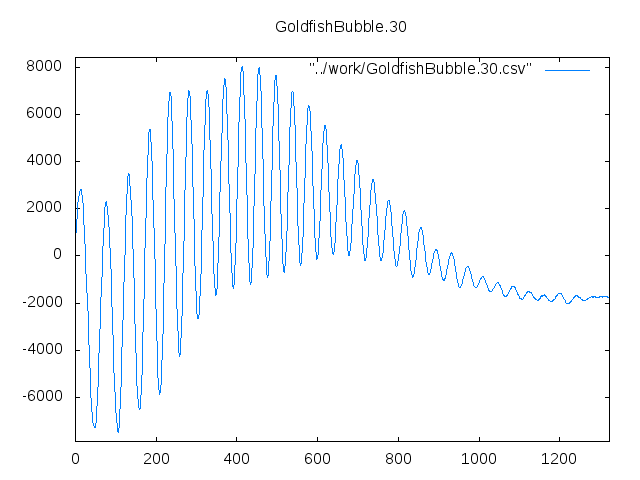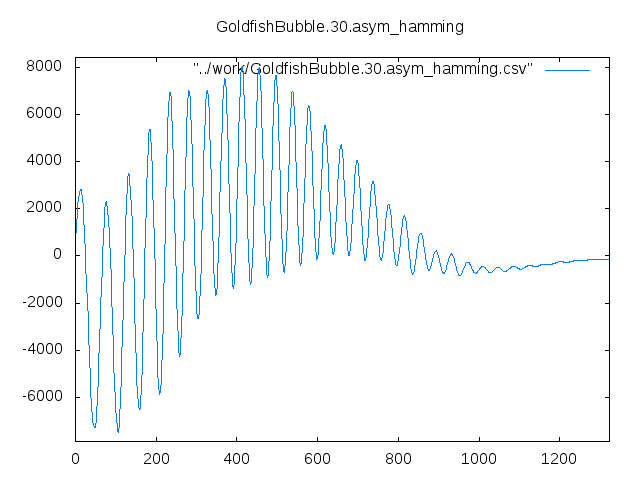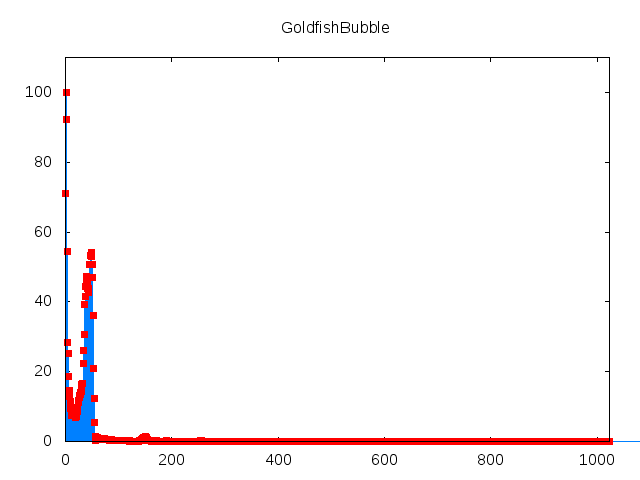/*
Much of this code is lifted directly from:
MIDI note player ::
http://www.arduino.cc/en/Tutorial/Midi ::
by Tom Igoe
LiquidCrystal Library - Hello World ::
http://www.arduino.cc/en/Tutorial/LiquidCrystal ::
by David A. Mellis
by Limor Fried (http://www.ladyada.net)
by Tom Igoe
The circuit:
* digital in 1 connected to MIDI jack pin 5
* MIDI jack pin 2 connected to ground
* MIDI jack pin 4 connected to +5V through 220-ohm resistor
The circuit:
* LCD RS pin to digital pin 12
* LCD Enable pin to digital pin 11
* LCD D4 pin to digital pin 5
* LCD D5 pin to digital pin 4
* LCD D6 pin to digital pin 3
* LCD D7 pin to digital pin 2
* LCD R/W pin to ground
* LCD VSS pin to ground
* LCD VCC pin to 5V
* 10K resistor: +5V and ground, wiper to LCD VO pin (pin 3)
This example code is in the public domain. */
#include
LiquidCrystal lcd(12, 11, 5, 4, 3, 2);
const int count_down = 9; // panel toggle switch moved left
const int count_up = 8; // panel toggle switch moved right
const int trigger = 7; // analog board's 555 output pulse.
int count_up_Val = 0;
int count_down_Val = 0;
int trigger_Val = 0;
int count = 1 ;
int delay_val = 0 ;
void setup()
{
pinMode(count_up, INPUT);
pinMode(count_down, INPUT);
pinMode(trigger, INPUT);
lcd.begin(16, 2);
lcd.setCursor(0, 0);
lcd.print("starting up ...");
Serial.begin(31250); // Set MIDI baud rate:
delay(1000) ;
lcd.clear();
delay(500) ;
lcd.setCursor(0, 1);
lcd.print("notes:");
}
void loop()
{
trigger_Val = digitalRead(trigger);
if (trigger_Val == HIGH)
{
delay(delay_val) ;
//Note on channel 1 (0x90), note value, mid velocity (0x45):
noteOn(0x90, 0x3C, 0x45);
delay(200);
// same note, silent velocity (0x00):
noteOn(0x90, 0x3C, 0x00);
delay(100);
lcd.setCursor(8, 1);
lcd.print(count);
count++ ;
}
else
{
count_up_Val = digitalRead(count_up);
count_down_Val = digitalRead(count_down);
if (( count_up_Val == HIGH) || (count_down_Val == HIGH))
{
if (count_up_Val == HIGH)
{
delay(200); delay_val++;
}
else if (count_down_Val == HIGH)
{
delay(200); delay_val-- ;
if (delay_val < 0) delay_val = 0 ;
}
lcd.setCursor(0, 0);
lcd.print(" ");
lcd.setCursor(0, 0);
lcd.print(delay_val);
}
}
}
// plays a MIDI note. Does not check to see that
// cmd is > than 127, or data values < 127:
void noteOn(int cmd, int pitch, int velocity)
{
Serial.write(cmd); Serial.write(pitch); Serial.write(velocity);
}
|
If you look at the schematic you will see two LM311 threshold comparators. That's because the direction (+/-) of the leading edge of the signal depends on which way the microphone is facing. That circuit takes whichever output transistions first and passes it to the 555 timer.
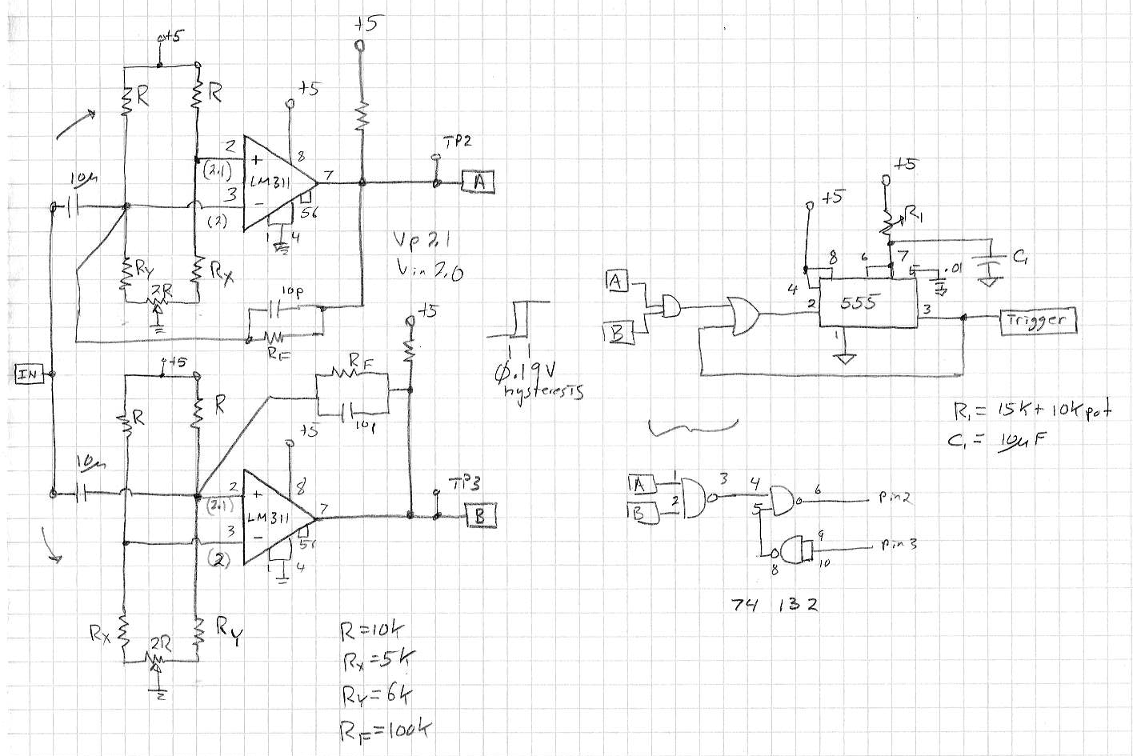

|
